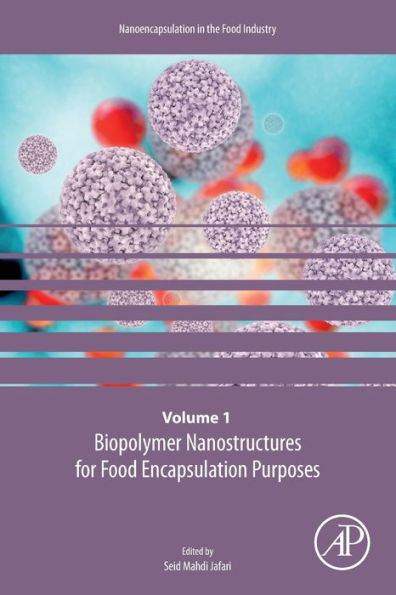5
1
9780128156636



Biopolymer Nanostructures for Food Encapsulation Purposes: Volume 1 in the Nanoencapsulation in the Food Industry series available in Paperback, eBook

Biopolymer Nanostructures for Food Encapsulation Purposes: Volume 1 in the Nanoencapsulation in the Food Industry series
- ISBN-10:
- 0128156635
- ISBN-13:
- 9780128156636
- Pub. Date:
- 06/15/2019
- Publisher:
- Elsevier Science
- ISBN-10:
- 0128156635
- ISBN-13:
- 9780128156636
- Pub. Date:
- 06/15/2019
- Publisher:
- Elsevier Science

Biopolymer Nanostructures for Food Encapsulation Purposes: Volume 1 in the Nanoencapsulation in the Food Industry series
$200.0
Current price is , Original price is $200.0. You
200.0
In Stock

Product Details
| ISBN-13: | 9780128156636 |
|---|---|
| Publisher: | Elsevier Science |
| Publication date: | 06/15/2019 |
| Series: | Nanoencapsulation in the Food Industry , #1 |
| Pages: | 668 |
| Product dimensions: | 6.00(w) x 9.00(h) x (d) |
About the Author
What People are Saying About This
From the B&N Reads Blog
